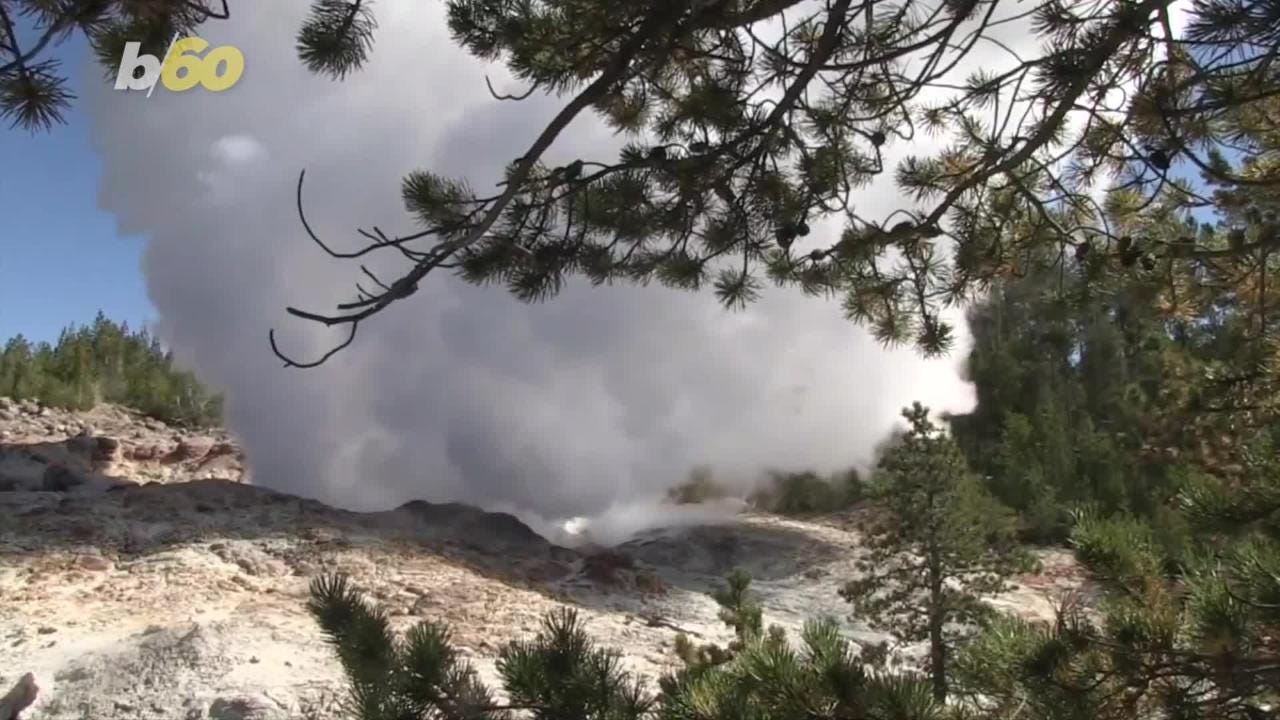Yellowstone geyser, world's largest, shows strange eruption patterns

The world's tallest active geyser in Yellowstone National Park erupted for a third time this year on Friday, a rarity for the spring that hadn't occurred since 2003.
The Steamboat geyser, which shoots water up to 300 feet in the air, can go decades between blasts. Its last eruption took place in 2014. And while its recent spate of activity — three eruptions in six weeks — is curious, experts stress they don't mean a volcanic eruption is brewing beneath Yellowstone's Wyoming soil.
"There is nothing to indicate that any sort of volcanic eruption is imminent," Michael Poland, the scientist overseeing the U.S. Geological Survey's Yellowstone Volcano Observatory, told Reuters in an email.
The eruptions took place March 15, April 19 and April 27, with both April eruptions dwarfing those of the park's famed Old Faithful geyser by about 10 times. That said, recordings indicate that the water blasted during the April eruptions — about 200-400 cubic meters of water — was less than half that of previous Steamboat blasts in 2013 and 2014.
That has led scientists to theorize "that Steamboat is entering a period of more frequent, but relatively small, eruptions, like those that occurred in the early 1980s," the observatory noted in an article Monday. It could also simply amount to "the randomness of geysers," they said.
Still, observatory scientists will watch Steamboat closely over the next several months using a mix of satellite images, on-site temperature gauges and seismometers to gauge any possibility of a thermal disturbance, which the article notes is "impossible" to determine as of now.
A recent study found that volcanic activity in Yellowstone could come from a 200-mile wide column of upwelling material deep beneath Earth's surface known as a "mantle plume," which may drive the park's hydrothermal springs and geysers.
The "supervolcano" that exists beneath Yellowstone blows its top every few hundred thousand years. But one geologist, Christy Till of Arizona State University, pegged the probability of massive volcanic eruption at the park at "1 in 730,000" in in any given year.
More: Scientists seek clues to what triggered past Yellowstone 'supervolcano' eruptions
More: Yellowstone’s heat may be coming from deeper underground than thought